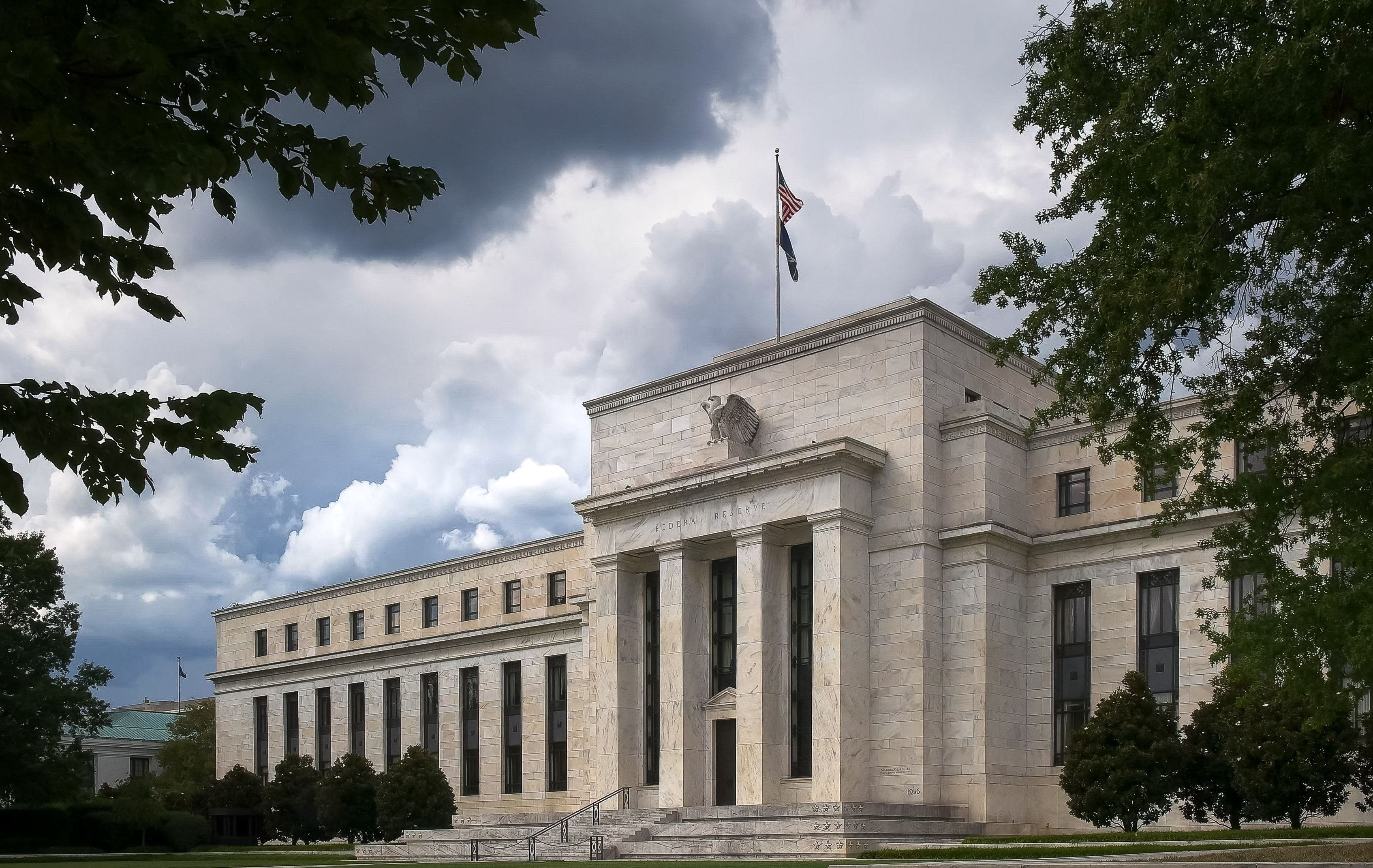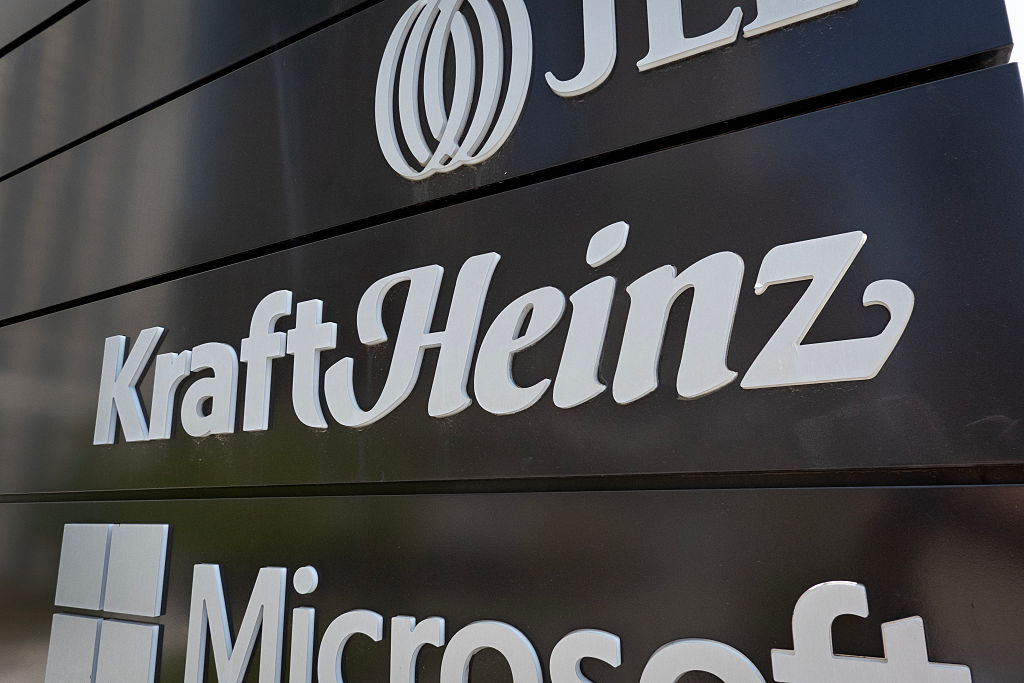An Income Smorgasbord
From a handful of REITS to California bonds to companies raising dividends, you can find investments with sure-thing cash returns.

So much is going on in the markets, particularly as they relate to income investors, that it seems silly to focus on just one issue. So here's a quadruple-header -- four items for the price of one.
Let's start with real estate investment trusts, which have performed just miserably for more than a year. In particular, let's focus on REIT dividends. Property-owning REITs lost 38% last year and have already dropped another 33% so far in 2009 through February 20.
As you can imagine, times are tough for real estate companies. Late last year, in response to requests from a number of REITs, the Internal Revenue Service ruled that the trusts could pay up to 90% of their dividends in stock for the rest of 2008 and all of 2009. The move allows REITs to conserve cash during these hard times (they still must distribute 90% of their net income to shareholders, but the payouts don't have to be entirely in cash).
From just $107.88 $24.99 for Kiplinger Personal Finance
Become a smarter, better informed investor. Subscribe from just $107.88 $24.99, plus get up to 4 Special Issues

Sign up for Kiplinger’s Free Newsletters
Profit and prosper with the best of expert advice on investing, taxes, retirement, personal finance and more - straight to your e-mail.
Profit and prosper with the best of expert advice - straight to your e-mail.
Widely owned REITs, such as Simon Property (symbol SPG) and Vornado Realty Trust (VNO), are now distributing mostly shares, as are many smaller trusts. For investors, this is problematic for three reasons. First, cash is a lot more valuable than shares that continue to lose value. Second, the issuance of the new shares dilutes current shareholders' stake in the REIT. Third, there's a tax snare. For tax purposes, the value of a dividend paid in shares is considered the same as a dividend paid in cash. You could owe tax for 2008 or 2009 on "income" you cannot spend unless you sell the stock at an ever-sinking price.
The REIT industry favors the flexible approach to paying dividends because it can aid both strong and weak REITs. The ones with high debt loads can buy time until they are able to obtain credit on more-favorable terms. Healthier REITs can accumulate cash, with which they can buy properties at cheap prices from desperate sellers.
Because REIT shares have cratered, many now sport double-digit current yields. But a payout is essentially meaningless if only a sliver of it is in the form of cash. Better to invest in REITs that are still paying all dividends in cold cash and insisting that they will continue to do so. Two possibilities are Corporate Office Properties Trust (OFC) and Realty Income (O). At its February 24 close of $26.96, Corporate Office yielded 5.3%. Realty Income yielded 9.1% at its closing price of $18.65. Not surprisingly, these two were among the best-performing REITs of 2008.
By the way, the IRS's dividend provision also extends to preferred stock, although the National Association of REITs says no preferred issuer has yet paid dividends in shares. Such a move would truly be an act of desperation and would probably kill the market for new REIT preferred stocks, one of the industry's best sources of capital in these trying times.
Annaly Capital Management (NLY) is a REIT that's doing just fine, thank you. On January 29, it paid a 50-cents-a-share dividend, for a total of $2.08 per share over the past four quarters. Based on the stock's February 24 close of $14.69, that's a yield of 14.1%. Moreover, Annaly's ten-year annualized return is a staggering 15.9% (over that same period, Standard & Poor's 500-stock index has lost money).
Annaly's success is a testament to a simple business formula and the glories of low interest rates. Annaly invests in packages of moderate-size government-guaranteed or quasi-government- guaranteed mortgages, profiting from the spread between its own cost for short-term debt (which has been cheap for most of its history) and the mortgage income, which is mostly from fixed-rate loans.
With Fannie Mae and Freddie Mac now under official federal control, Annaly's credit quality looks even better than it did two years ago. As long as the feds are willing to back mortgages, Annaly will have high-quality assets to buy and sell. And even if Annaly were to have trouble raising new capital to buy more mortgages, it wouldn't face a crisis; it merely wouldn't be able to grow.
The big risk for Annaly shareholders is the possibility of short-term interest rates rising faster than long-term rates. The last time Annaly's shares tanked, in 2005, the Federal Reserve Board was in the early stages of a multi-year campaign of raising short-term rates to combat incipient inflation. When that happens, Annaly generates less income and it cuts its dividend.
So a burst of inflation -- and the Fed's response to it -- would be painful for Annaly shareholders. But that doesn't seem to be in the cards now. Instead, the nation is mired in a deep recession, and prices have been flat the past year. As such, the Fed is likely to keep short-term interest rates at roughly zero for the indefinite future.
But long-term bond yields could rise in response to a seemingly limitless supply of new Treasury borrowing to finance stimulus spending, bank rescues and other expenditures. That would presumably lead to higher mortgage rates. Annaly would be well positioned to buy higher-yielding fixed-rate government-guaranteed loans while it paid low rates to borrow. Under this scenario, the stock could easily revisit the low $20s, at which it traded a year ago.
Now, to California bonds. Gov. Arnold Schwarzenegger recently welcomed Lance Armstrong back to professional cycling at the Tour of California. Then the governator and the state legislature patched together enough tax increases and spending cuts (including layoffs and furloughs) to produce a budget. But California will need a miracle as monumental as Armstrong's surviving cancer to avoid even more massive borrowing (the state already has $57 billion worth of bonds outstanding). Standard & Poor's rates California bonds single-A, the lowest of any state. As a result, California has to pay nearly 6% on new long-term bonds, even those secured by general tax revenues.
Several investment advisers I've spoken with recently say they favor municipal bonds over corporates and Treasuries -- "but not California" bonds. The fact is, though, that California bonds are performing quite well so far this year. Among single-state muni bond funds with enough mass to have their own Morningstar categories, long-term California funds are the year's best performers, having returned an average of 6.3%.
The strong performance suggests that some investors may have overreacted in talking about California bonds as if they came from Baja California. Bill Larkin, of Cabot Money Management, in Salem, Mass., notes that California general-obligation bonds are yielding about the same as high-grade corporates, which don't offer the same tax benefits. But, he adds, "Corporate business models are failing left and right, while state GOs have no defaults that I can remember." Tim Courtney, of Burns Advisory Group, in Oklahoma City, says that investors who have all of their muni money in California should diversify with bonds issued in other states. "But if you've been holding California municipals, definitely continue to hold them," he says.
The new budget raises California's already daunting state income tax rate to a maximum of 9.55%. That should give well-to-do California residents still more incentive to buy state bonds. A cycle is at work here, though it's certainly not a virtuous one: More borrowing depresses the state's credit rating, which leads to higher bond yields. That in turn generates more interest from investors, whose buying props up the value of the bonds and sometimes pushes them up.
At any rate, buy only California GOs or revenue bonds from the state's university systems. Even water and sewer revenue bonds in California are questionable if the issuer is in a location where every third house is in danger of foreclosure or abandonment.
Stocks and dividends. This is a subject for a longer story. But before you overreact to all the dividend cuts that have been announced in recent weeks, think about who is cutting and why -- and who is not.
I discussed REITs earlier. Banks must safeguard capital to survive or to get off the government dole. Energy companies are cutting because lower oil-and-gas prices and sagging demand are denting profits. Some utilities are conserving cash in anticipation of big costs for environmental mandates.
But lots of health, consumer-products and diversified companies aren't cutting dividends. Many are raising them, even if they are otherwise conserving cash by suspending share buybacks and slowing capital spending. There are no guarantees in investing, but it hardly seems likely that companies such as Abbott Laboratories (ABT), Coca-Cola (KO) and Corn Products International (CPO) will raise dividends one moment and rescind the increase the next.
These stocks have been suffering along with virtually everything else this year as the bear market has spread from financials and energy to nearly all sectors. But advisers and fund managers say they expect cash payouts to matter more again once the market stabilizes. Manny Weintraub, an independent money manager in New York City, says he's been buying not only Coke and Pepsi, but also tech stocks such as Microsoft (MSFT) and Texas Instruments (TXN) because they offer unusually high yields (nearly 3%) relative to their histories. Weintraub says rational investors will seek out sure-thing cash returns first while they wait for share prices to rebound in anticipation of an eventual end to the recession.
Profit and prosper with the best of Kiplinger's advice on investing, taxes, retirement, personal finance and much more. Delivered daily. Enter your email in the box and click Sign Me Up.

Kosnett is the editor of Kiplinger Investing for Income and writes the "Cash in Hand" column for Kiplinger Personal Finance. He is an income-investing expert who covers bonds, real estate investment trusts, oil and gas income deals, dividend stocks and anything else that pays interest and dividends. He joined Kiplinger in 1981 after six years in newspapers, including the Baltimore Sun. He is a 1976 journalism graduate from the Medill School at Northwestern University and completed an executive program at the Carnegie-Mellon University business school in 1978.
-
 Tip: Ways to Track Your Credit Card Rewards
Tip: Ways to Track Your Credit Card RewardsHere are the best strategies and apps to help you stay current with your credit card rewards.
-
 How New Investors Can Pick Their Perfect Portfolio, According to a Pro
How New Investors Can Pick Their Perfect Portfolio, According to a ProSee what Cullen Roche has to say about finding your perfect portfolio as a new investor and his two-word answer on where he thinks the stock market is headed in 2026.
-
 HNW Retirees: Don't Overlook The Benefits of Social Security
HNW Retirees: Don't Overlook The Benefits of Social SecurityWealthy retirees often overlook Social Security. But timed properly, it can drive tax efficiency, keep Medicare costs in check and strengthen your legacy.
-
 What the Rich Know About Investing That You Don't
What the Rich Know About Investing That You Don'tPeople like Warren Buffett become people like Warren Buffett by following basic rules and being disciplined. Here's how to accumulate real wealth.
-
 How to Invest for Rising Data Integrity Risk
How to Invest for Rising Data Integrity RiskAmid a broad assault on venerable institutions, President Trump has targeted agencies responsible for data critical to markets. How should investors respond?
-
 The Most Tax-Friendly States for Investing in 2025 (Hint: There Are Two)
The Most Tax-Friendly States for Investing in 2025 (Hint: There Are Two)State Taxes Living in one of these places could lower your 2025 investment taxes — especially if you invest in real estate.
-
 The Final Countdown for Retirees with Investment Income
The Final Countdown for Retirees with Investment IncomeRetirement Tax Don’t assume Social Security withholding is enough. Some retirement income may require a quarterly estimated tax payment by the September 15 deadline.
-
 What Tariffs Mean for Your Sector Exposure
What Tariffs Mean for Your Sector ExposureNew, higher and changing tariffs will ripple through the economy and into share prices for many quarters to come.
-
 How to Invest for Fall Rate Cuts by the Fed
How to Invest for Fall Rate Cuts by the FedThe probability the Fed cuts interest rates by 25 basis points in October is now greater than 90%.
-
 Are Buffett and Berkshire About to Bail on Kraft Heinz Stock?
Are Buffett and Berkshire About to Bail on Kraft Heinz Stock?Warren Buffett and Berkshire Hathaway own a lot of Kraft Heinz stock, so what happens when they decide to sell KHC?
-
 How the Stock Market Performed in the First 6 Months of Trump's Second Term
How the Stock Market Performed in the First 6 Months of Trump's Second TermSix months after President Donald Trump's inauguration, take a look at how the stock market has performed.